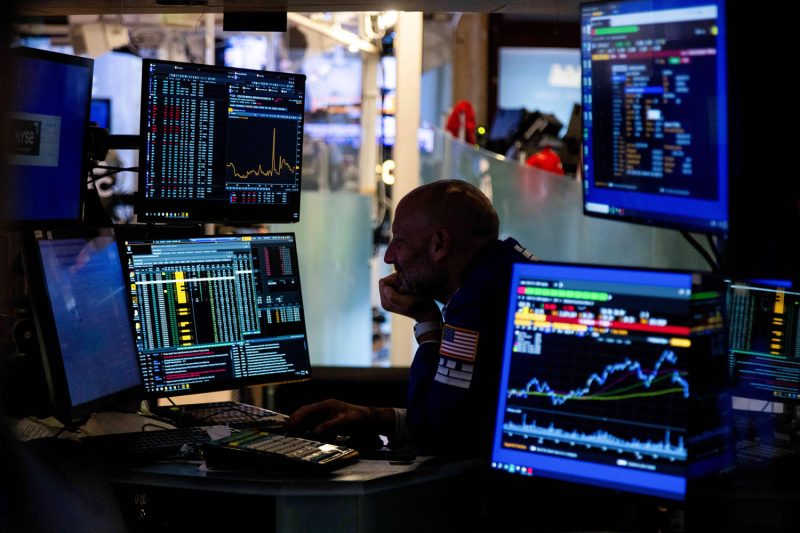The recent downturn in the stock market has left many investors on edge, as concerns about a potential recession loom. On Thursday, the Dow Jones Industrial Average closed nearly 500 points lower, marking one of the steepest declines in recent months. This sharp drop has sparked fear and uncertainty among market participants, who are closely monitoring economic indicators for any signs of an impending recession.
The escalating trade tensions between the United States and China have undoubtedly contributed to the unease in the markets. The ongoing trade war between the two economic powerhouses has fueled concerns about a global economic slowdown, as businesses grapple with higher tariffs and uncertain market conditions. Investors are bracing themselves for the impact of these trade disputes on corporate earnings and economic growth.
Another key factor behind the market volatility is the inversion of the yield curve. The inversion of the yield curve, where short-term interest rates exceed long-term rates, is often seen as a reliable indicator of an impending recession. This inversion occurred earlier this week, sending shockwaves through the financial markets and prompting investors to reassess their risk exposure.
In response to these mounting concerns, investors have been flocking to safe-haven assets such as government bonds and gold. These traditional safe-haven assets tend to perform well during times of economic uncertainty, as investors seek to preserve their capital and mitigate risk.
Despite the widespread anxiety in the markets, it is important for investors to maintain a long-term perspective and avoid making hasty decisions based on short-term fluctuations. Market downturns are a normal part of the economic cycle, and staying focused on one’s investment goals is crucial during times of volatility. Diversification, sound risk management, and a well-thought-out investment strategy are valuable tools for weathering market turbulence.
Central banks around the world are also closely monitoring the economic situation and stand ready to implement measures to support growth if necessary. The Federal Reserve has already cut interest rates in an effort to stimulate the economy and ease financial conditions. This proactive stance by central banks could help to mitigate the risk of a severe downturn and provide much-needed stability to the markets.
In conclusion, the recent market downturn reflects growing concerns about a potential recession and economic slowdown. Trade tensions, yield curve inversions, and geopolitical uncertainties are among the key factors contributing to the market volatility. Investors should remain vigilant, stay informed, and focus on their long-term investment objectives during these challenging times. By maintaining a disciplined approach and seeking guidance from financial professionals, investors can navigate the current market environment with confidence and resilience.
